
The very best compact point-and-shoot cameras are the ideal second choice for just about any kind of photography. They’re the minivan of the photography world. That’s a nice way of saying this family of cameras is compromised at nearly every turn—so much so that many film shooters avoid them altogether. But not all point-and-shoot zooms are created equal. Over the years I’ve developed a laundry list of features that I regard as “must haves.” Read on to see how the Minolta 75w Riva Zoom measures up.
First, I want a reasonable zoom range. “Reasonable” to me means starting at 28mm and going up to around 70mm or more. The crucial part of that range, however, is the 28mm end. There’s an ocean of choice if you’re prepared to settle for a camera that has 35mm at its widest setting, but for me that’s just not expansive enough for a d0-everything camera. At the top end of the zoom range, I’m less fussed—70 to 75 mm is fine. So, a 28-75mm zoom covers just about everything I’m likely to shoot. Second, I want a lens that’s reasonably fast, but this is where compacts usually fall short. It’s rare find one with a lens sporting a maximum aperture better than f/4 or so—and that’s only at the wide-angle end of the zoom range. At longer focal lengths, the lens speed is always much worse. Third, I like a decent user interface. A healthy number of buttons for the various controls makes me happy. Finally, I prefer cameras that are quick and responsive. Slow operation, and shutter lag bug me.
Enter the Minolta 75w Riva Zoom (a.k.a. the Freedom Zoom Explorer EX). Having read the above, you’ll quickly understand why this particular compact got my attention. It has a 28-75mm zoom lens with an aperture that varies from f/3.5 (at 28mm) to f/8.9 (at 75mm). Compare that with my much loved Yashica T4 Zoom, which covers essentially the same zoom range (topping out at 70mm), but with an aperture that runs from f/4.5 to f/8.0. Similarly, the Pentax Espio 120SW has a 28mm to 105mm zoom, but is slightly hobbled by a relatively squinty aperture of f/5.6 to f/12.8! Come to think of it, I’m aware of only a few comparable compact zoom with lenses as fast as the 75w. (If you know of a similar camera with a faster zoom lens, let me know in the comments section below.)

The camera’s top-plate controls are shown above. The large silver button is the shutter release. Although the Minolta has a “date” function, it can be switched off.
The Minolta is a little chunkier than most of my other pocket cameras (particularly the unusually svelte Pentax Espo 120SW), but it’s certainly no burden. Its body has nicely rounded contours and feels good in the hand. And it has a useful, if typical range of button controls.
One button cycles through the various flash settings, another engages self-timer and “continuous”(1.2 seconds/frame) modes, while a third one allows the user to choose fully auto, macro (closest focus is 16 inches), “night portrait” and “landscape”—this one being particularly useful since it locks focus at infinity and turns off the flash.
Annoyingly, the camera returns to fully-auto mode immediately after you take a picture with one of the other “programs,” so you have to remember to switch back to “landscape” if you want to take more than one picture that way. The 75w is powered up with a single, white button to the right of the viewfinder—and I have to say, it’s very spritely. Press the button and the camera is good to go in under one second.
Despite ticking a lot of boxes, I’ve rarely used the Minolta Riva Zoom 75w. Don’t get me wrong—it’s an entirely competent shooter that produces sharp, well-exposed results. But there’s also something vaguely uninspiring about it. Perhaps it’s just a bit too businesslike, or maybe it’s because it looks just like dozens of other cameras from the 1990s. I enjoy a bit of quirkiness (what some might call “character”) in my gear. It makes the shooting experience more fun, if a touch less predictable. On the other hand, in the course of writing this evaluation, I’ve been thinking that I really ought to put a few more rolls through the Minolta—maybe it’ll grow on me. None the less, if you encounter one of these in a thrift store at the right price, I’d grab it. After all, it might be the fast-aperture zoom king!
For sample photos, have a look here.
Did you find this article interesting or helpful? If so, consider using this link the next time you shop at Amazon.com. Better yet, bookmark it for future use. Thanks to Amazon’s associates program, doing so costs you nothing yet helps keep this site up and running. Thanks!

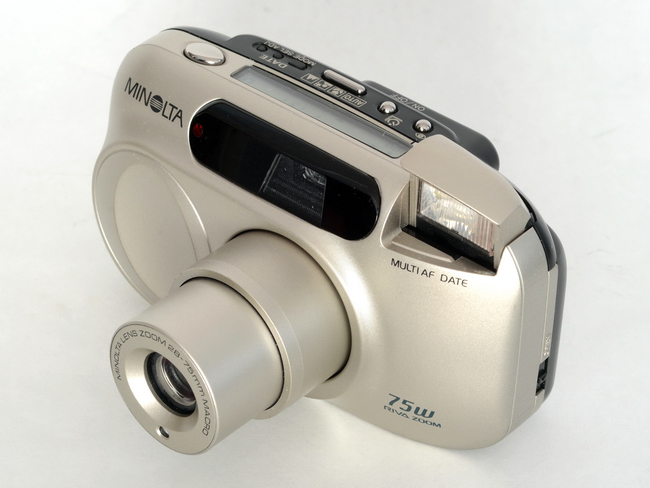

 Subscribe with RSS
Subscribe with RSS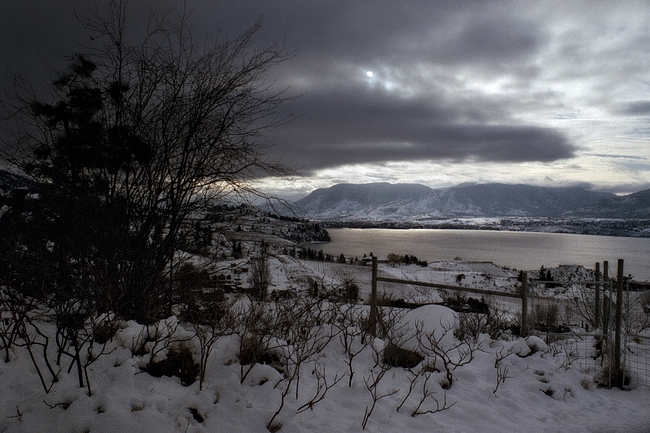





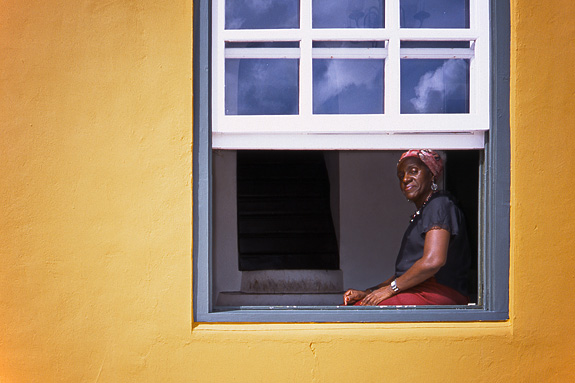

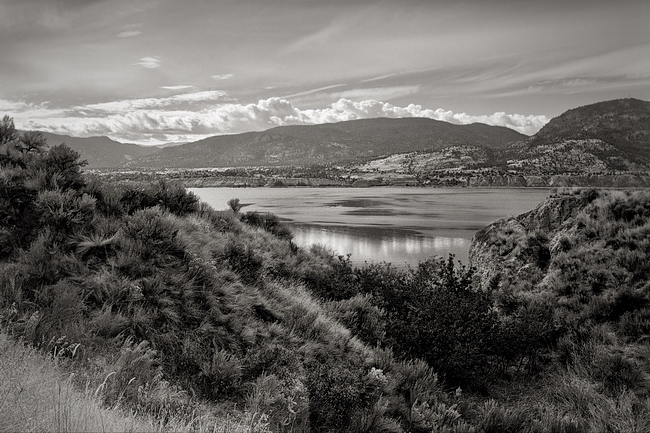
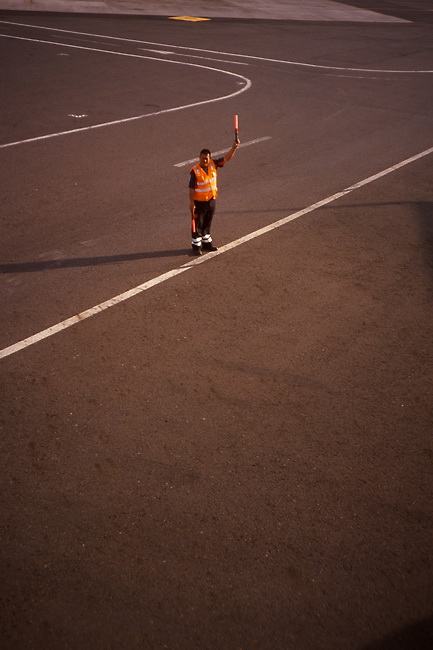
Thank you for the helpful p&s wide angle information. I wonder if any of your readers have tested the lens quality between the Minolta Explorer/Riva 70w vs 75w?
i.e. the 28-70 vs 28-75.
Perhaps try this … http://camera-wiki.org/wiki/Konica_Lexio_70